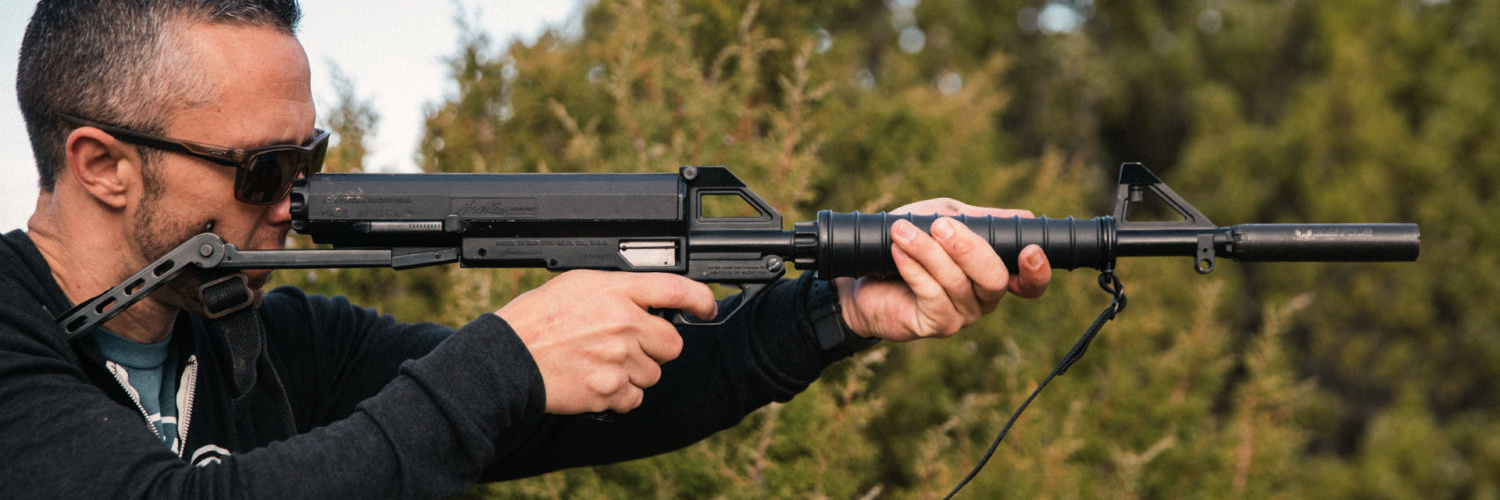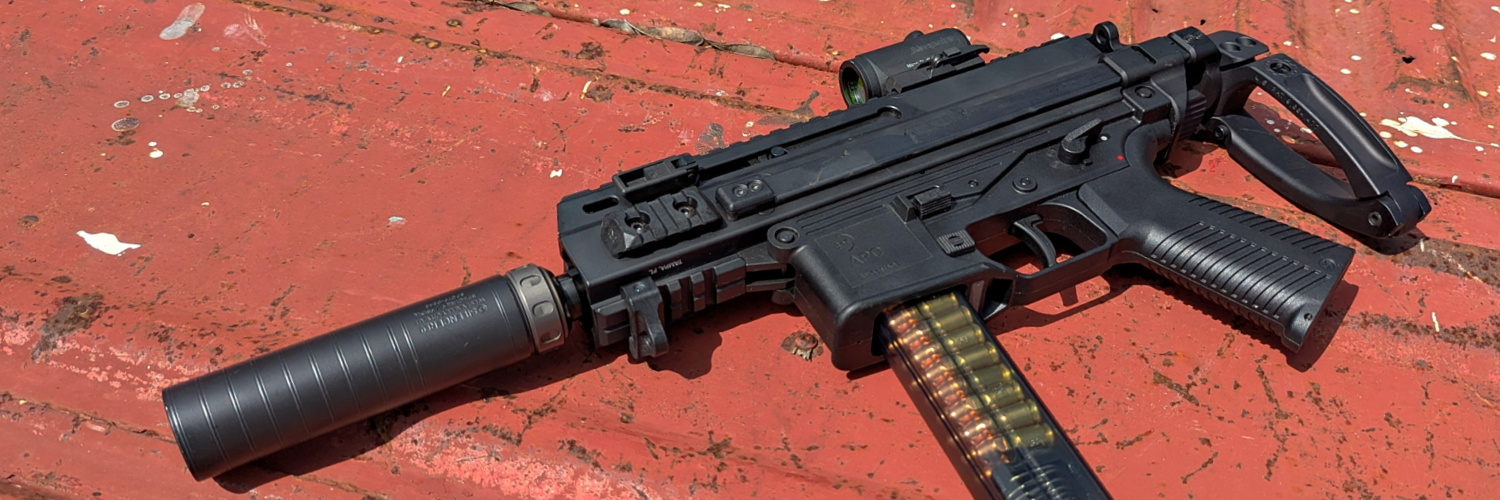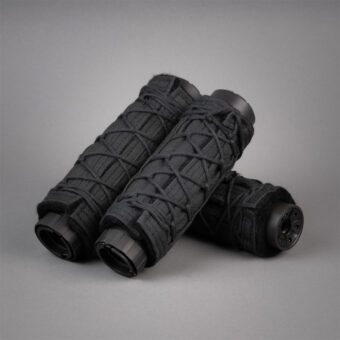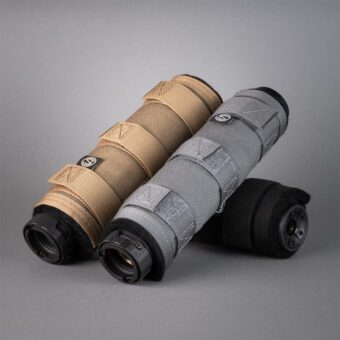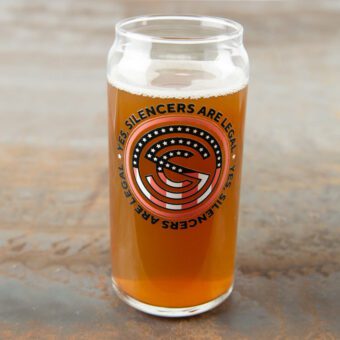Home / Firearms & Gun Parts / Rimfire vs Centerfire: Which is Better?
Rimfire vs Centerfire: Which is Better?
Rimfire vs Centerfire: Which is Better?
Home / Firearms & Gun Parts / Rimfire vs Centerfire: Which is Better?
William Lawson
If you’re into firearms at all, you’ve heard the terms “rimfire” and “centerfire.” Most shooters probably know those terms refer to ammunition cartridge types, but do they know what the differences are? Again, many will, but with so many new shooters and gun owners out there let’s give a rundown of rimfire and centerfire ammunition, what differentiates them, and
the roles filled by each might be helpful.

Ammunition cartridges, rimfire and centerfire, function essentially the same, no matter the caliber. Pulling the trigger releases the firing pin, which strikes the cartridge’s primer. Striking the primer ignites the priming compound, a chemical mixture that releases heat and gas. That heat and gas ignites the gunpowder charge in the cartridge case. The resulting explosion propels the bullet out of the barrel and on downrange.
The Main Difference Between Centerfire and Rimfire Cartridges
All differences between rimfire and centerfire cartridges derive from how their respective primers function. The primers reside in the cartridges’ “head,” which are often thought of as the base or back end of those cartridges. Looking at examples of each, it’s easy to spot the primer in the center of the centerfire variety, and the lack thereof in the rimfire. So, with that in mind, let’s
examine each one individually and learn how they work.
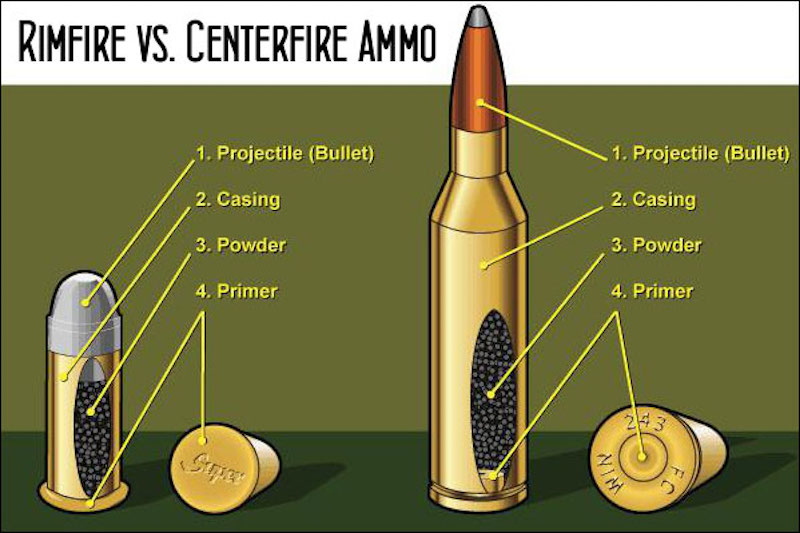
What is a Rimfire Cartridge?
Simply put, “rimfire” means the firearm’s firing pin strikes the cartridge head’s rim to ignite the priming compound. Rimfire cartridges have no separate primer. The entire base is the primer. This is accomplished by inserting a small pellet of the claylike priming compound into the base, then spinning it in a centrifuge to evenly spread it over the entire interior.
And since it’s impossible to line up cartridges a particular way in magazines, it’s more efficient for the firing pin to strike the rim itself, hence the name. Even so, that lack of concentration, in terms of the priming compound, means average rimfire cartridges are inherently less reliable than average centerfire cartridges. Even good quality rimfire ammo has more duds than centerfire ammo. It’s not unusual to have one or two misfires in a box of 100 rounds. Finally, the rimfire cartridge’s design means it cannot be reloaded.
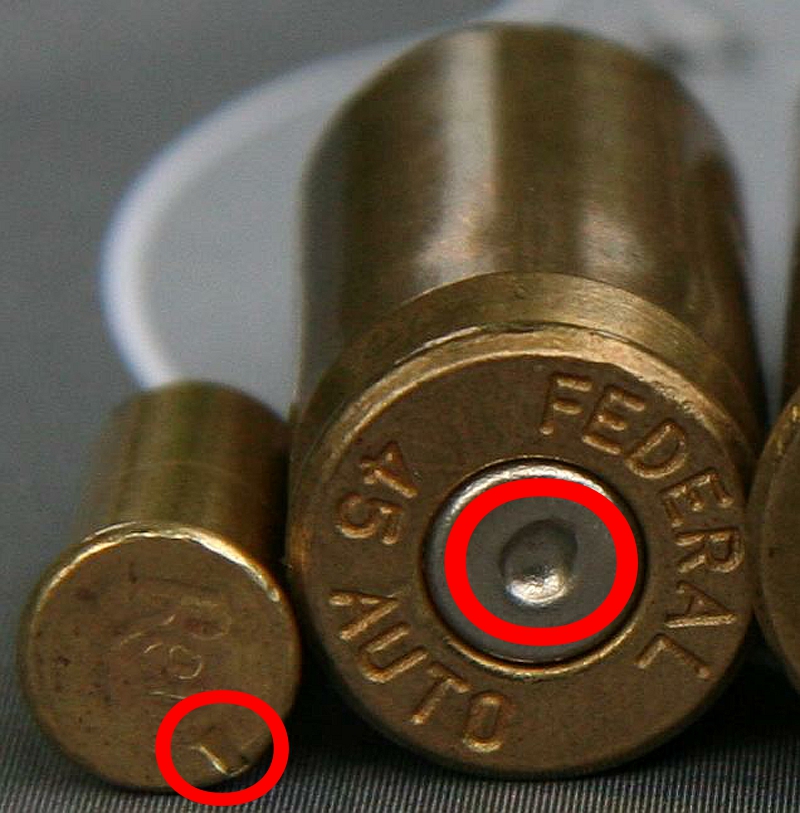
What is a Centerfire Cartridge?
Centerfire cartridges feature a separate primer inserted into the center of the cartridge’s base. When the shooter pulls the trigger, the firing pin strikes that primer, firing the round. Because the priming compound is concentrated in the separate primer, centerfire ammo is more efficient and more reliable. Additionally, centerfire primers are more easily tailored to different calibers, as well as the firearm type in which they are used.
There are two kinds of centerfire primers. The most common type, the Boxer Primer, has a self- contained “anvil” against which the priming compound is crushed, creating the flash that ignites the gunpowder. The Berdan Primer, on the other hand, has an anvil that is integral to the primer pocket and the case itself. For the average shooter, the main difference between Boxer and Berdan Primers is that Boxer primed casings can be reloaded. Berdan primed casings cannot.

Derived Differences
As we noted earlier, the primer function dictates design features that further differentiate rimfire and centerfire cartridges. The rimfire design requires the brass case to be thin enough for the firing pin to do its job. That thin case severely limits the available powder volume. Too much powder would cause the case to explode, ruining everyone’s day.
Therefore, rimfire cartridges are usually limited to smaller calibers and projectiles. There have been some larger caliber rimfires, like the old .44 Henry and .56 caliber Spencers, but their power and reliability were poor compared to modern centerfire ammo.
The rimfire’s smaller nature limits range and power, but rimfire cartridges like the various .22 caliber rounds and .17 Hornady Magnum Rimfire are still very relevant. We’ll address their uses momentarily.
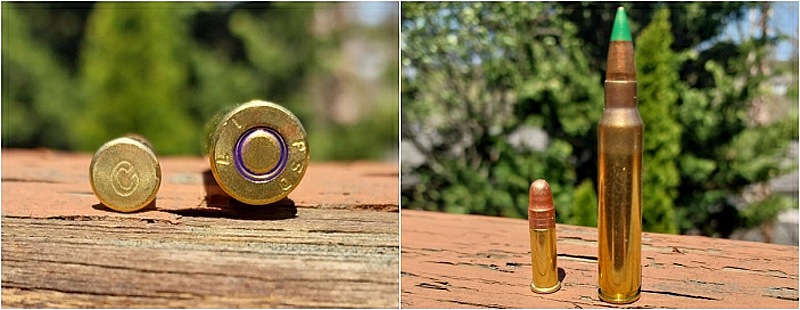
The separate centerfire primer allows far more flexibility. The primer material is softer than both the firing pin and the surrounding cartridge case. Since the primer and case operate independently, the case can be engineered to handle far larger and more powerful rounds and loads. Those loads mean greater range and power, along with more versatility than rimfires.
But centerfire cartridges have their weak spots too. So, let’s get on with what each variety does well and perhaps not so well.
What are Rimfire Cartridges Used For?
The rimfire .22 Long Rifle is the most popular cartridge in the entire world. Rimfires are excellent small game hunters. Squirrels, rabbits, prairie dogs, and the like are better taken with rimfires than larger centerfires, which inflict much more damage and destroy meat.
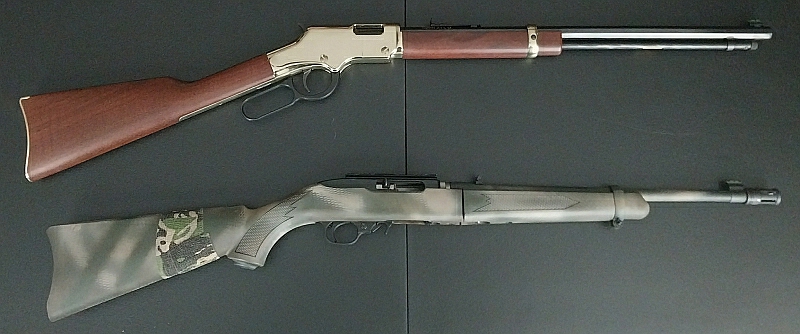
Rimfires also excel in training roles, especially for new or young shooters who may be recoil sensitive. .22 and .17 rifles and pistols have little or no recoil, meaning new shooters can concentrate on technique without worrying about how the gun kicks. Rimfires are also not nearly as loud, and economically speaking, rimfire ammunition is far less expensive than centerfire, meaning shooters can practice, hunt, or just plink without mortgaging their homes. Many shooters have .22 conversion kits for their AR-15s or even dedicated .22 chambered replicas of their larger caliber firearms. And, of course, small rimfires are just plain fun to shoot.
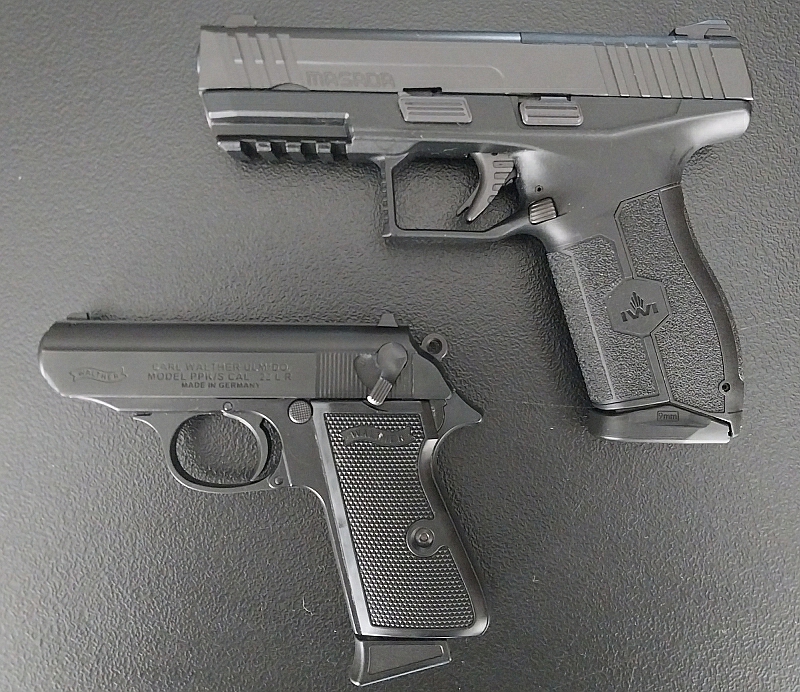
Rimfires are not recommended for hunting larger game or for self-defense. Lack of power factors into both those applications, with occasional reliability issues also affecting the latter role. The small projectiles also limit range, being susceptible to wind and lacking energy past a couple hundred yards, at best.
What are Centerfire Cartridges Used For?
Centerfire cartridges’ versatility enable them to accomplish myriad tasks, whether it be effective self-defense, hunting medium to large game, long range shooting, or military and law enforcement applications. Various loads exist within each of those categories, providing the shooter with even more options tailored to their needs.
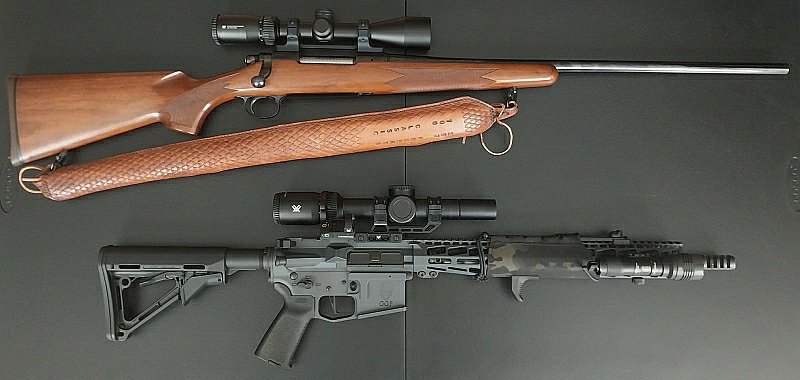
Popular self-defense calibers include 9mm Luger, .45 ACP, .38 Special, and several others. Hunters have long relied on such rounds as the 30.06 Springfield, .308 Winchester, .270 Winchester, and more. There are so many quality centerfire hunting rounds that we couldn’t possibly list them all here. Long distance shooters like such rounds as the 6.5 Creedmoor, while police and military rely on 5.56 NATO/.223 Remington, .308 Winchester, and others.
As we noted, however, centerfire cartridges are not very good for small game hunting. They do too much damage to such animals. Likewise, new shooters may be turned off by heavier recoil and louder reports when firing. Even the soft-recoiling .223 Remington is much louder than .22 Long Rifle, making it off-putting for some beginner shooters.
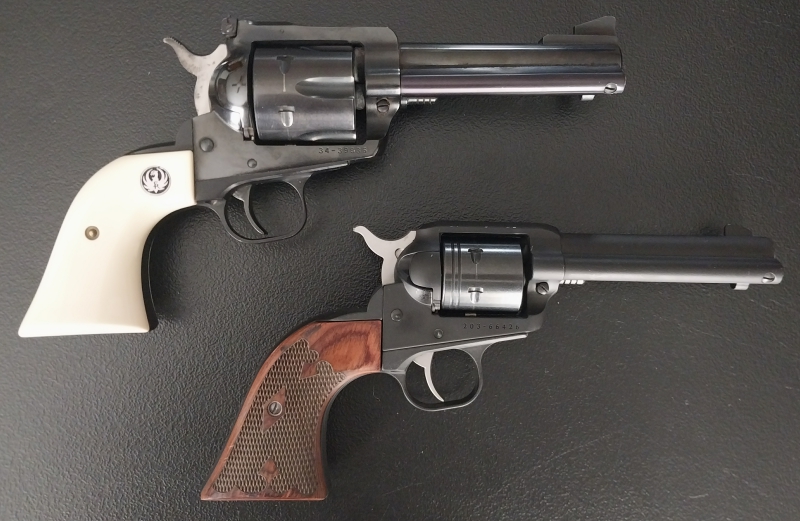
But Can I Suppress Them?
Yes, you can! Rimfires and centerfires can be suppressed, and SilencerCo offers silencers that suppress both. Let’s take a quick look at some of those options. Note, MOST revolvers cannot be suppressed due to the lack of a gas seal between the chamber and barrel.
SilencerCo Rimfire Suppressors
- The Warlock 22 is compatible with .22 Long Rifle chambered rifles and pistols. It’s one of the quietest rimfire suppressors available today.
- The modular Switchback 22 is among the most versatile rimfire suppressors on the market. It is compatible with .22 Long Rifle, .17 WSM, .17 HMR, .22 WMR, and the centerfire 5.7×28.
- The Sparrow 22 is an easy-to-maintain rimfire suppressor compatible with the same calibers as the Switchback 22.
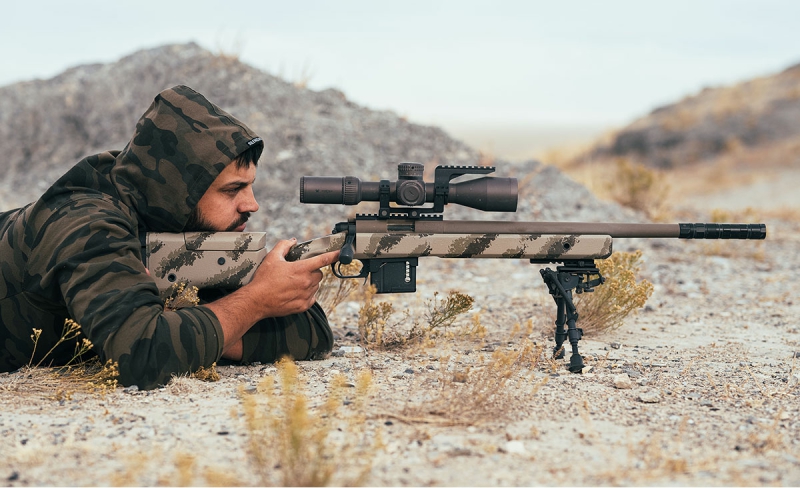
SilencerCo Centerfire Suppressors
SilencerCo has numerous suppressors for centerfire rifles, pistols, and even shotguns. Yes, shotgun shells are centerfires! Let’s look at selected options.
- The new Velos LBP is specifically designed for 5.56/.223 chambered rifles. It’s designed to minimize back pressure, meaning less gas in the shooter’s face.
- The Hybrid 46M is perhaps the most versatile suppressor available today. Its modularity and caliber capability provide options most suppressors can’t match.
- The Harvester EVO is perfect for hunters with a wide range of available calibers.
- The Salvo 12 makes your 12-gauge shotgun the coolest thing around!
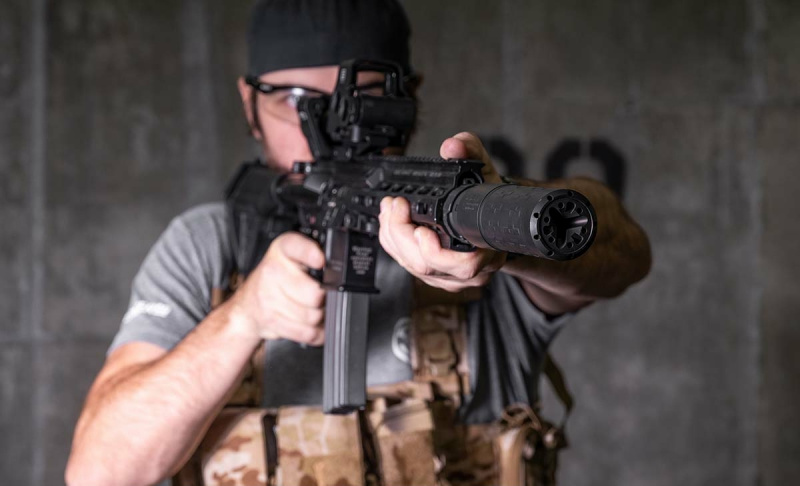
Centerfire vs Rimfire? Both Have Their Uses
There’s no right answer to whether rimfires or centerfires are best. Only individuals can answer that question, and even then it boils down to the task at hand. Experienced shooters have both options in their safe.
Personally, I have centerfire guns ranging from the not-so-powerful .32 ACP to the mighty 30.06 Springfield and 8mm Mauser, with many in between. Each one has a role, though I admit to purposely providing myself with many more options than I strictly need. It’s a gun guy thing. Those cartridge and caliber choices cover both rifles and pistols.
Rimfire-wise, I’m currently limited to .22 caliber firearms, though I have several, including rifles and pistols. I have two rifles that can handle .22 Short, .22 Long, and .22 Long Rifle cartridges. I like that versatility and there are plenty of firearms that shoot all three.
So, the real answer to the rimfire vs. centerfire question is “Yes.” Yes, as in you’ll probably want at least one of each. You’ll have fun with both.


